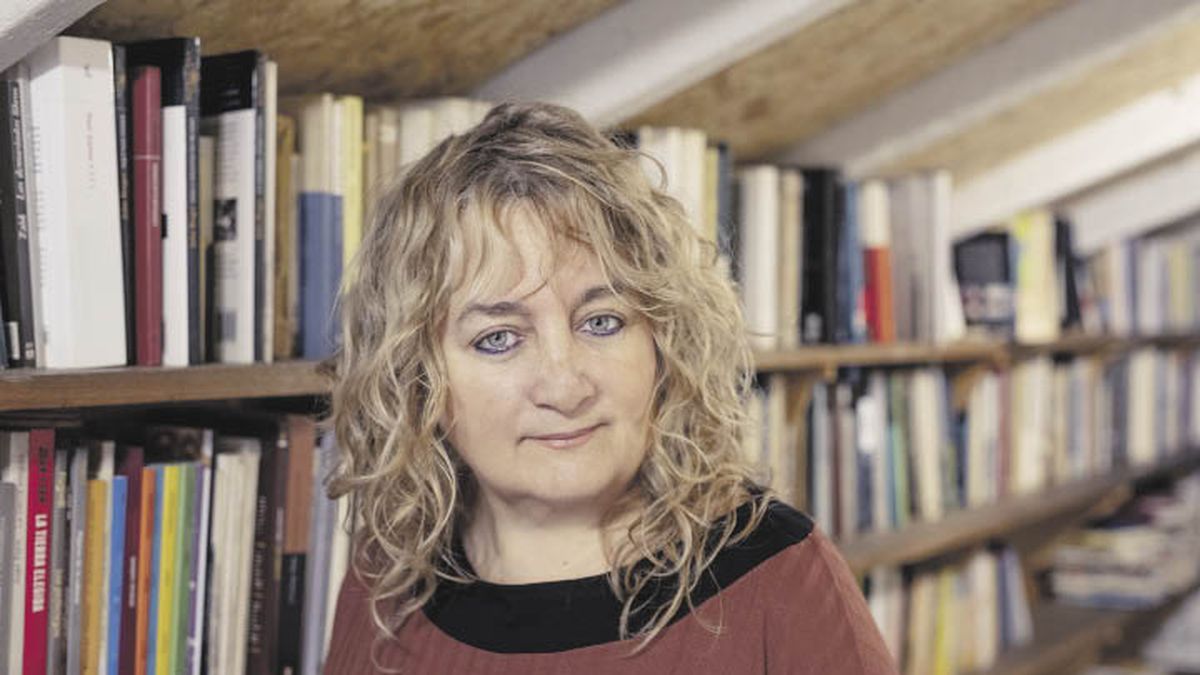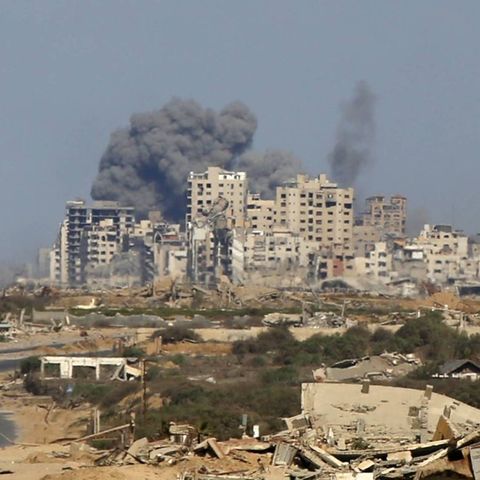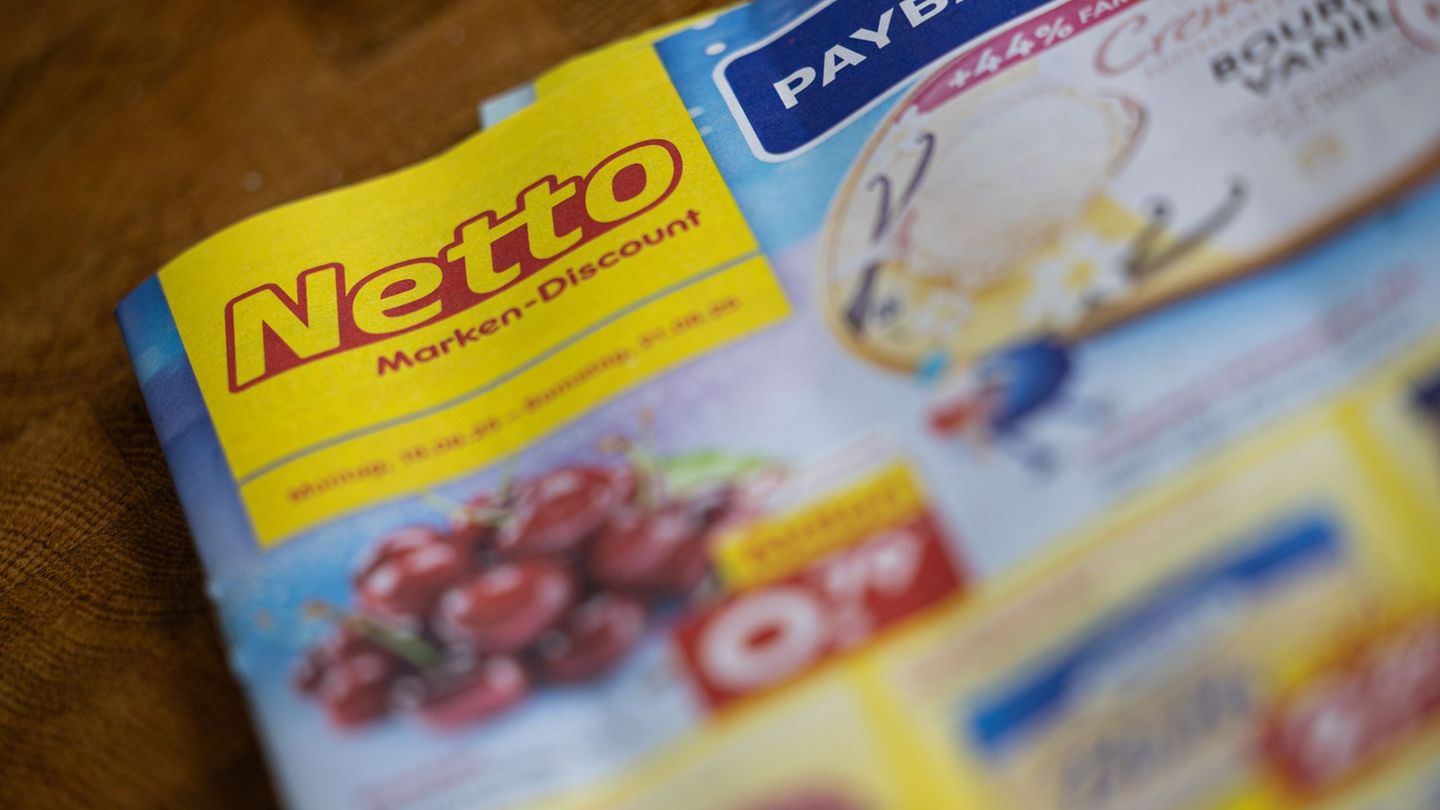Angela Pradelli: It all started from 2012, when I found myself in Italy with the memories of Pietro Freschi, who was a soldier in the Second World War. Later I was given that of Héctor Roldán, a former Malvinas combatant, in 2017. The two meetings took place far from the war we are experiencing. “Two soldiers” was going to come out a year ago, but I was asking for extensions. At the end of 2021 it was decided that he would appear in April of this year. It was two weeks before his appearance when this war broke out. His questions are the same ones we used to ask Mercedes Güiraldes, my editor, when we read the news and saw the images. Was it premonition or just chance? I don’t know. What is seen on television of the war is what is read in Pietro’s account and in the night bombardments that Héctor describes during the Malvinas War. I was impressed by the synchronicity of the book’s release with the war, it is something of the order of the inexplicable.
Q.: What made you unite the story of an Italian combatant in the Second World War with an Argentine in the Malvinas?
AP: It seemed difficult to me to be able to link two places so different, so distant, two times so different, and yet, when I started to write, I discovered that there were as many differences as there were coincidences. There were many bonds in their experiences, the most terrible things, the loneliness, the need to kill the other to survive, the hunger, the cold, that suffered by the soldiers in Malvinas, some even had to amputate their fingers, and Pietro’s cold when he is a prisoner of the Nazis in Russia. Lots of coincidences.
Q.: To what extent is there truth in someone who recovers from a traumatic experience?
AP.: What the person tells is the product of a pain that survives, in many cases, the years in which they remain silent. Pietro didn’t want to talk about the war for sixty years. There had to be something in an after-meal so that, after years of asking him to tell, that day he recounted a scene, and then another, and another. Trauma is an experience that disrupts and disrupts forever. When I take a testimony I take it as the truth. I work with the pain, with the core of the trauma. The historian works on facts, it is another job; this is the one of, from a trauma, to recover a pain and to see how the world can be seen when you have that warlike trauma that never disappears, just as no trauma disappears. There are very interesting experiences in relation to silences, in which I am now working with survivors of Auschwitz. While it is true that it is necessary to try to overcome that pain in order to continue living, it is also very important to take care of that pain.
Q.: In the testimonies of your two soldiers, was there a moment marked by what Borges calls the cult of courage?
AP: Not in them. Both Pietro and Héctor took me on a path whose center was pain and reflection on that pain. Heroism appears in narratives about other people. Héctor tells of Oscar Poltonieri that when they receive the order to withdraw, he is left alone to cover those who leave. An officer told him: “We’re leaving Poltonieri, you have to comply with my order.” “No, officer, you go that his wife had a family yesterday, and I’m alone.” Héctor wasn’t there, but he remembers that they wondered who the crazy guy was that he kept pulling. The next day Héctor met Poltonieri at the airport, who told him: “yes, it was me”. The scenes of heroism, my “Two soldiers” put them outside, in others.
Q.: Does your book join the tradition of non-fiction started by Walsh?
A.P.: Walsh in 1970 gave an interview to Piglia where they talk about how to work with the materials of a witness, and said “in the future, perhaps the terms will be inverted and what is really appreciated, in terms of art, is the elaboration of the testimony or the document and as everyone knows admits any degree of perfection. Evidently in the montage, in the layout, in the selection and in the research work, infinite artistic possibilities open up”. A relentless quote from Walsh on whether or not testimony is art. Yes, it is art. When a testimony is written, a voice is being built, and whoever writes that orality has to build a new voice. How that voice is constructed is a fascinating field of discussion. One possibility is the exact transcription with the idioms and the personal marks of the language. Is that the reconstruction of a voice? Many people when they read unencumbered are not in that voice. At the same time there is a voice that is beyond the idioms, the style in which it is spoken, which is not transcription but construction, that is the voice that interests me, which is difficult and fascinating.
Q.: What are you up to now?
AP: Gathering testimonies of people who were born under the Nazi regime. The book is almost finished.
Source: Ambito
David William is a talented author who has made a name for himself in the world of writing. He is a professional author who writes on a wide range of topics, from general interest to opinion news. David is currently working as a writer at 24 hours worlds where he brings his unique perspective and in-depth research to his articles, making them both informative and engaging.




